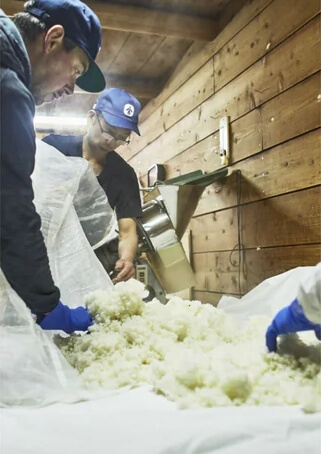
ABOUT
Fushimi’s sake is made by the people of Fushimi
BACKGROUNDJapanese sake that would not have been born without a miracle.
Fushimino’s sake brewing began by reviving an extinct rice crop. That rice’s name is “Iwai” . The rice plants are long, collapse easily, and harvest little. It is a crop that has been extinct twice in the past and is known to be “the heartbreak of farmers. ” However, its seeds are large and have a high percentage of white core, making it an excellent candidate for creating delicious sake. We persisted in using the local rice from Kyoto, which requires such care and devotion. The revived “Iwai” is combined with Fushimi water and is carefully brewed into a bottle of sake by the people of Fushimi. Without the passion to make Kyoto sake in Kyoto, and without the determination to revive the extinct rice, this sake would not have been born in this world. A celebratory sake for the turning points and moments in your life. We hope you enjoy Fushimino.
CREATOR STORYSake from Fushimi,
Kyoto. A message from the brewers of Fushimino.

Nurturing sustainable rice fields where people, plants, birds, and microorganisms can all happy together.
YAMADA Farm,Hideo Yamada/Koichi Yamada
It is always a real pleasure to think about the rice field.
In the middle of a vast empty rice field, alone in the dirt, I would often wonder what to do this year.
As I think about rice on my own, many wild birds such as herons and Vanellus cinereus come close.
Just as if they are friends.
They are the inhabitants of the rice fields, so if you grow rice in a rice filed that pleases them, you can produce the ideal rice.

Rice and water are from natural living sources.
The unique brewing of sake that goes beyond taste.
Masuda Tokubee Shoten
Since sake is a luxury item, we value not only the taste,
but also on the sensitivity and spirituality of people,
and the connections between people, which cannot be measured by numbers.
We take care of every detail with our own eyes,
and make sake with passion and pride.
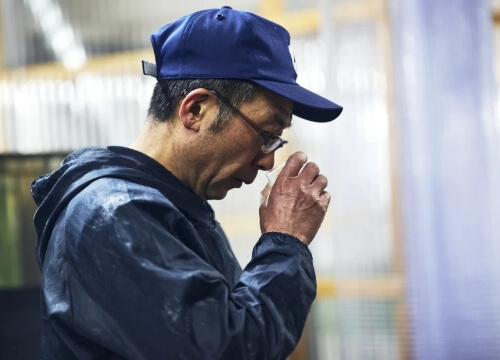
Continuing to create with an unceasing curiosity.
Toji/Master Brewer Satoshi Watanabe
I strive to craft sake that showcases the unique qualities of the rice we receive from farmers. This passion drives me to constantly question myself, “What can I do to improve?” throughout every stage of the brewing process. I find great joy in the ongoing pursuit of perfection in sake brewing. Even after creating a sake that I’m proud of, I’m always seeking new ways to elevate its quality.
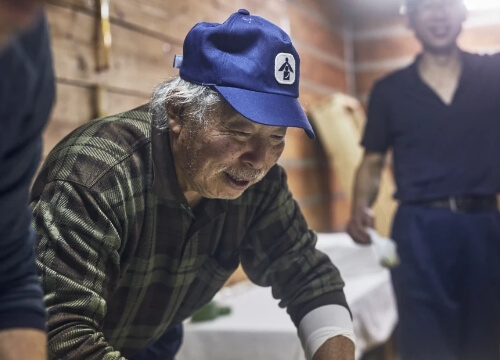
Sake brewing where thoughts and emotions are infused.
Shuji Fujimoto, Technical Advisor to the Brewing Department.
I’ve been involved in sake brewing for 50 years since I was 22, and I believe the passion you put into it truly determines the taste of the sake. The care put into crafting the sake is reflected in its refined taste. The passion and care put into making the sake are reflected in its flavor, and the drinker can sense the brewer’s spirit. Driven by that belief, I’ve been crafting sake for 50 years, and my passion for it continues to grow.
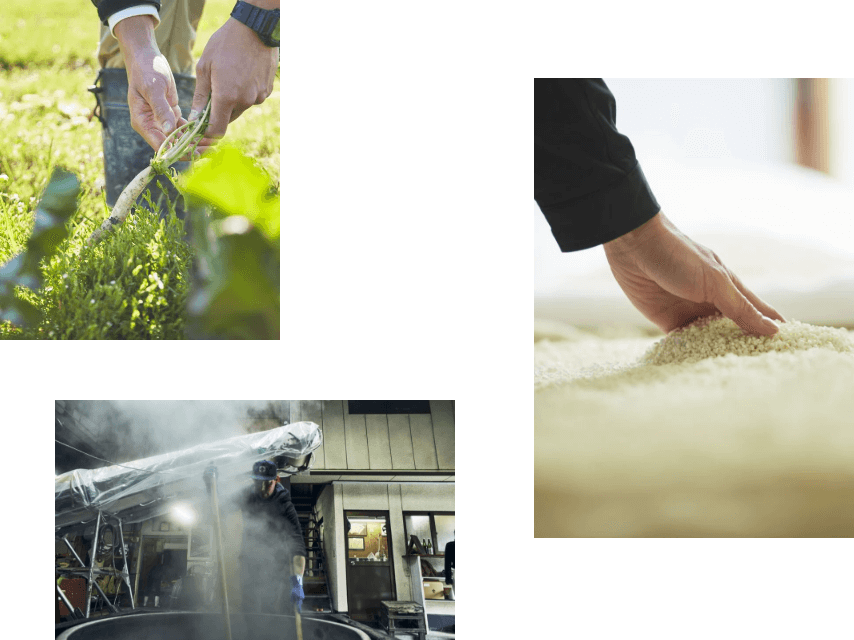
FOUNDER STORYThe Founder’s Thoughts

Japanese sake that would not have been born without a miracle. Sake rice, “Iwai” has gone extinct twice before, thus the journey to its revival was far from easy.
I was fascinated by Yamada Farm’s strong desire to produce “Delicious rice and vegetables” and “Rice fields that will continue to attract wild birds even 100 years from now”, without using any pesticides or chemicals.
These fields can be described as pure, preserving the natural ecosystem. However, achieving complete pesticide-free cultivation is both financially challenging and incredibly demanding. Yet, I sympathized with the traditional Japanese approach of cyclic thinking.
It would be greatest pleasure to accompany your special day with a glass of Sake.
Takuya Okada
MANUFACTURING PROCESSThe Journey of Fushimino
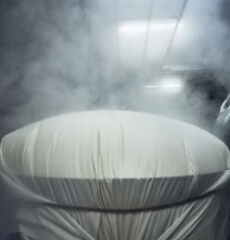
Polishing, washing and steaming rice
The production of Fushimino begins with polishing the raw rice to a 35% rice polishing ratio to create white rice. All the white rice is hand-washed, soaked for a limited time, and steamed. The steamed rice is then used for koji making, sake moto, and moromi mashing.
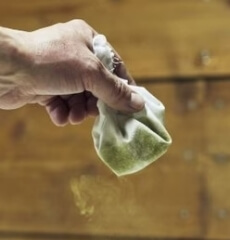
Malted rice making
Steamed yellow koji spores are used as seed koji and sprinkled on steamed rice to produce koji for about 2 days. The koji is then added to the sake mother and the rice malt to saccharify the starch in the rice.
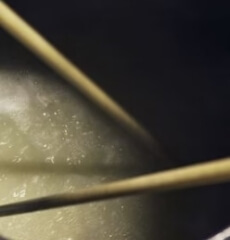
Sake Brewing
Sake moto is created by cultivating yeast, the microorganism responsible for alcoholic fermentation, until it multiplies in large quantities. Koji, steamed rice, and water are added to the sake moto to create moromi mash.
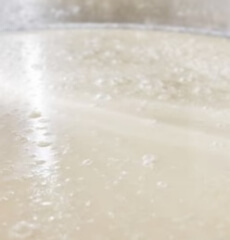
Fermentation of unrefined sake
Fermentation occurs over a 30-day period. Within the tank, the rice starch is broken down into glucose by the enzymes in the koji (saccharification), and this glucose is then converted into alcohol by yeast (fermentation). These two processes, saccharification and fermentation, proceed simultaneously within the tank
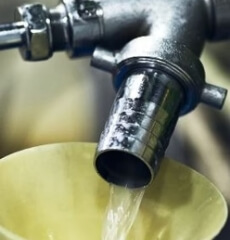
Pressing and bottling.
After about 30 days of fermentation, the moromi is pressed to separate the sake from the sake lees. Fushimino bottles the freshly pressed sake on the same day and stores it at a low temperature.






